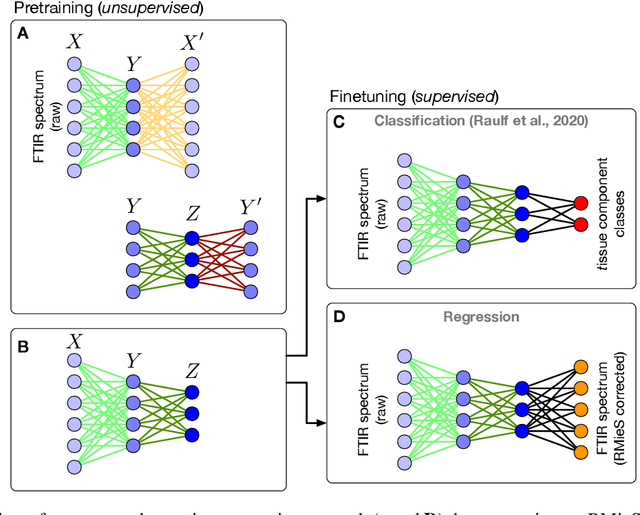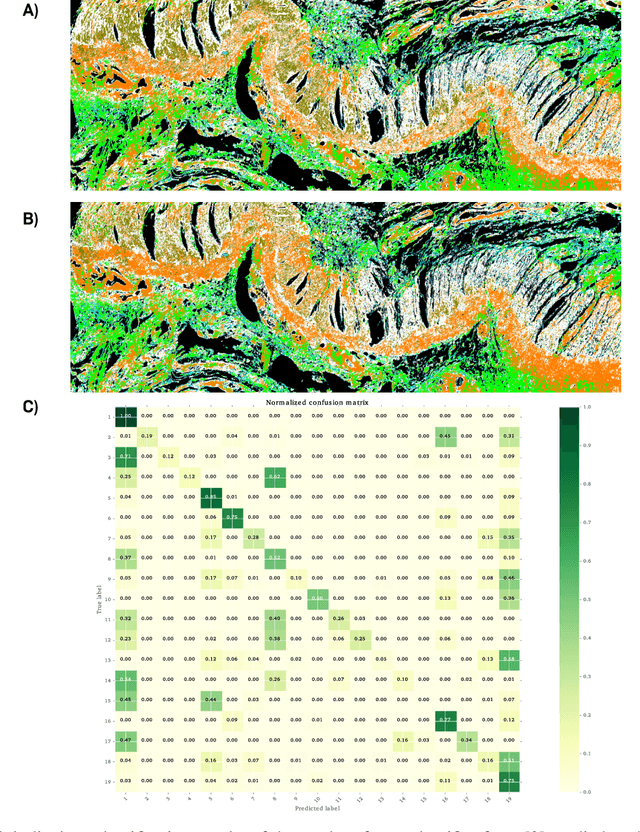Axel Mosig
Deep Neural Networks for the Correction of Mie Scattering in Fourier-Transformed Infrared Spectra of Biological Samples
Feb 18, 2020



Abstract:Infrared spectra obtained from cell or tissue specimen have commonly been observed to involve a significant degree of (resonant) Mie scattering, which often overshadows biochemically relevant spectral information by a non-linear, non-additive spectral component in Fourier transformed infrared (FTIR) spectroscopic measurements. Correspondingly, many successful machine learning approaches for FTIR spectra have relied on preprocessing procedures that computationally remove the scattering components from an infrared spectrum. We propose an approach to approximate this complex preprocessing function using deep neural networks. As we demonstrate, the resulting model is not just several orders of magnitudes faster, which is important for real-time clinical applications, but also generalizes strongly across different tissue types. Furthermore, our proposed method overcomes the trade-off between computation time and the corrected spectrum being biased towards an artificial reference spectrum.
 Add to Chrome
Add to Chrome Add to Firefox
Add to Firefox Add to Edge
Add to Edge